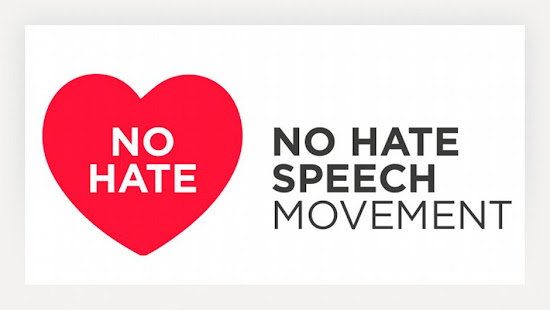By Kevin McLaughlin, ChannelWeb
5:05 PM EDT Mon. Apr. 14, 2008
Salesforce.com and Google (NSDQ:GOOG) on Monday unveiled a new offering that marries office productivity apps with CRM and looks like a pre-emptive strike against Microsoft (NSDQ:MSFT)'s upcoming Dynamics CRM Live service.
The imaginatively named Salesforce for Google Apps service blends Salesforce CRM with Gmail, Google Docs, Google Talk, and Google Calendar. Salesforce is offering the service to subscribers free of charge, and this summer will introduce a $10-a-month supported version that includes end user phone support, unified billing, enhanced APIs, and wider access to third party applications.
Clarence So, chief marketing officer at Salesforce.com, San Francisco, says the deep integration between Salesforce and Google is the result of the two companies' similar approaches to delivering applications and services over the Internet.
"The real value is that now you can run your entire business in the cloud," said So.
Microsoft by June plans to roll out Dynamics CRM Live, an on-demand version of its Dynamics CRM software that will see the vendor employ its time-tested strategy of pricing competitors out of the market. Microsoft, which raised hackles last year by revealing plans to sell CRM Live directly to end users, will give partners a recurring 10 percent margin on subscription fees for all customers they refer.
Microsoft CRM partners told ChannelWeb they're not overly concerned by Salesforce for Google Apps, but some admitted they plan to keep an eye on the offerings that emerge from the relationship between the two companies.
The prevalence of Outlook and the overall difficulty of CRM implementations give Microsoft a solid position in the CRM space, but solution providers would be wise not to underestimate the Google-Salesforce collboration, says Jerry Weinstock, President and CEO at Internet Business Initiatives, Lenexa, Kans.
"The Google-Salesforce pairing is potentially powerful, and could eventually become a formidable competitor to CRM Live," said Weinstock.
But Mike Ritsema, president of i3 Business Solutions LLC, a Grand Rapids, Mich.-based solution provider, says that while the 'Googleization' of various business applications is a logical step, it's not likely to catch on with businesses that require advanced functionality.
"I'm sure that there's a ready market for the Google/SalesForce integration of technology. [But] I also believe that the there is another substantial customer set that will find the rudimentary functionality of Google Apps to be inadequate for their business requirements," said Ritsema.
Yacov Wrocherinsky, CEO of Infinity Solutions, New York, says the announcement helps create more awareness for the CRM industry as a whole, but he doesn't believe the Google-Salesforce partnership will ever threaten Microsoft's position in the market.
"Microsoft still owns the stack, and they're not going away. I don't see a lot of people using Google Apps for business and commercial tasks, and I don't envision that everyone is going to trust Google to do those things."
Daniel Duffy, CEO of Valley Network Solutions, a Microsoft Gold partner in Fresno, Calif., agrees with the idea that some businesses won't feel comfortable entrusting Google with their email, calendar or business documents.
"The industry likes to beat on Microsoft, but honestly, Google has their own challenges with customer privacy and data retention issues," said Duffy. "I believe that as more people embrace these sorts of services, we're setting ourselves up for an eventual nasty surprise when this data is compromised or abused."
The Google-Saleforce partnership is likely to continue to raise the level of competition in the CRM market, but is less of a near term threat to Microsoft, says Frank Lee, president of Microsoft CRM specialist Workopia, San Francisco.
"Salesforce and Google haven't reached critical mass yet, and they've got a long way to go," said Lee.
Related Stories:
Salesforce adds Google e-mail, office programs
On-Demand CRM Poised for 41Percent Growth
SaaS favors Google over Salesforce
Salesforce.com's Benioff bests SAP's Plattner in debate



